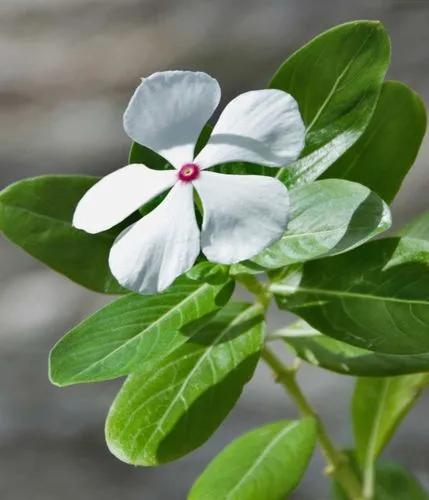Nidularium innocentii is a species of bromeliad in the genus Nidularium. This species is endemic to the Atlantic Forest ecoregion of southeastern Brazil.
Nidularium innocentii Care
Nidularium innocentii



Evergreen perennial species in the Bromeliaceae family. Produces rosettes of strap-shaped foliage with toothed edges. Tubular white flowers are surrounded by modified leaves known as bracts, these are said to resemble birds nests and are coloured red. The Nidularium get their name from the Latin word, "nidus; nest; which refers to the nestlike arrangement of short leaves that appears in the center of the plant just before it blooms. In their native Brazil, they are found growing on the ground and on decaying logs. Since they closely resemble Neoregelia, the names are often confused.
How to Care for the Plant

Water

In summer, pour soft water at least once a week into a rosette of leaves (except for the flowering period), about once a week moisten the soil. In winter, watering is very moderate, the land should dry well between watering. At a temperature below 68°F, water is not poured into the outlet. At a temperature below 64,4°F, the water from the outlet should be poured out.

Fertilizer

From spring to autumn, every 2-3 weeks, strongly diluted soluble fertilizers. They are recommended to be poured into the socket. You can spray the leaves with fertilizer for orchids.

Sunlight

A bright, non-directional light. From too much light, the bracts turn pale. At the same time, from lack of lighting, spotted or striped leaves will turn green, the plant may not, in general, bloom.

Soil

Light, fertile soil from a mixture of foliage, sand, peat, it is desirable to add sphagnum. You can use one part of peat and coarse sand. Required to drain at least a third of the volume of the pot.

Temperature

The preferred range of temperatures is about 64,4-77°F in summer, in winter – not below 53,6-59°F, the plant is thermophilic, the temperature should be relatively constant throughout the year.

Container

Choose any type of container with enough drainage holes.

Popularity

195 people already have this plant 57 people have added this plant to their wishlists
Discover more plants with the list below
Popular articles






